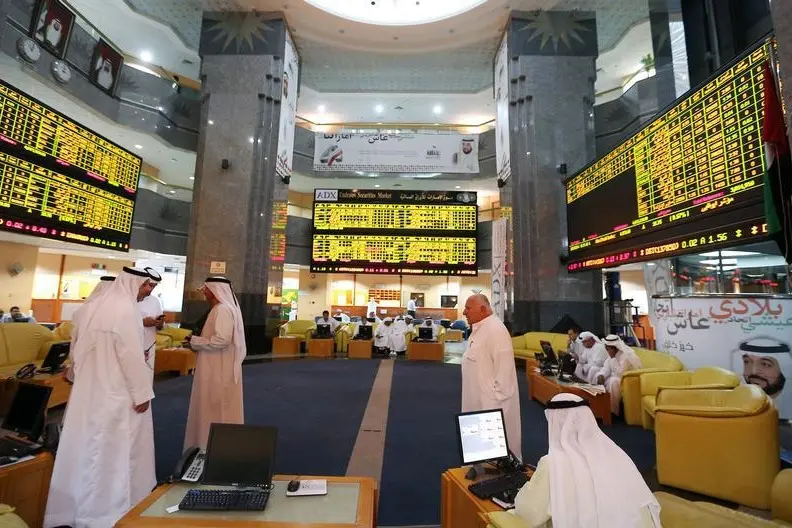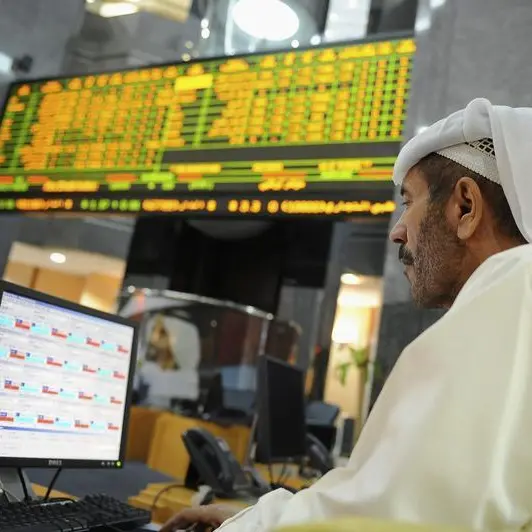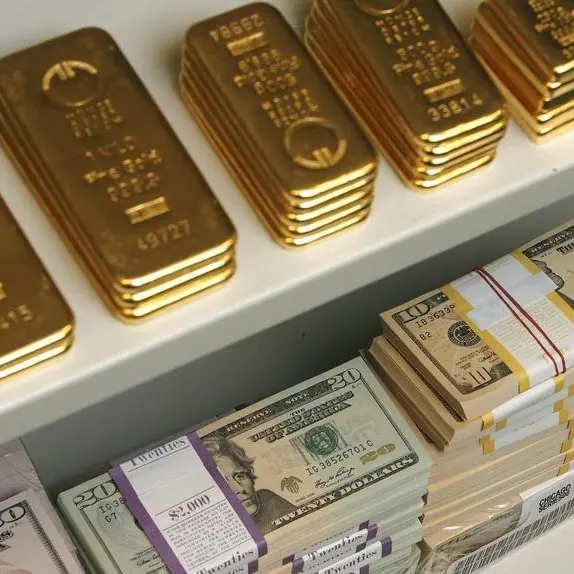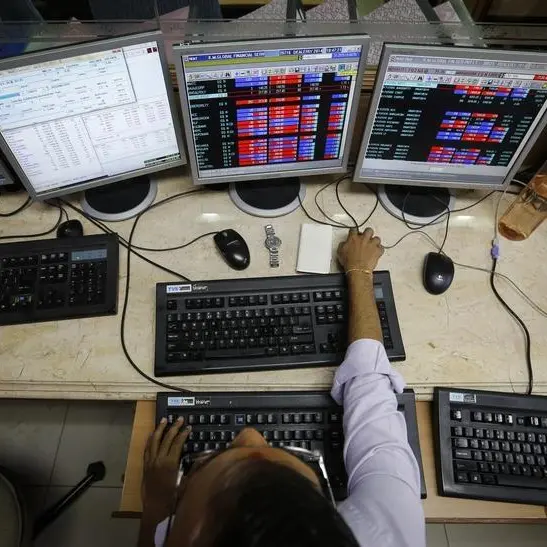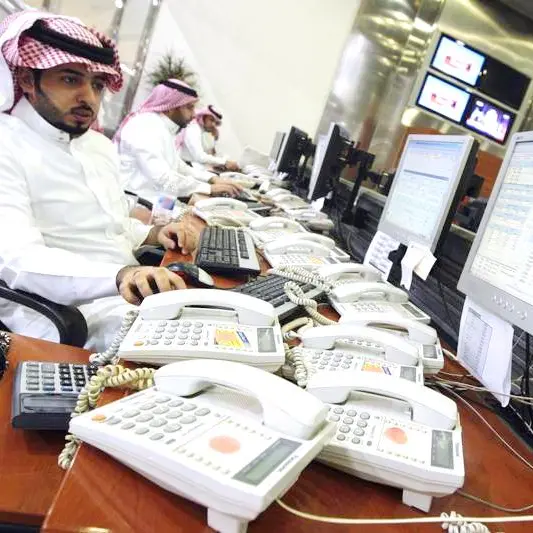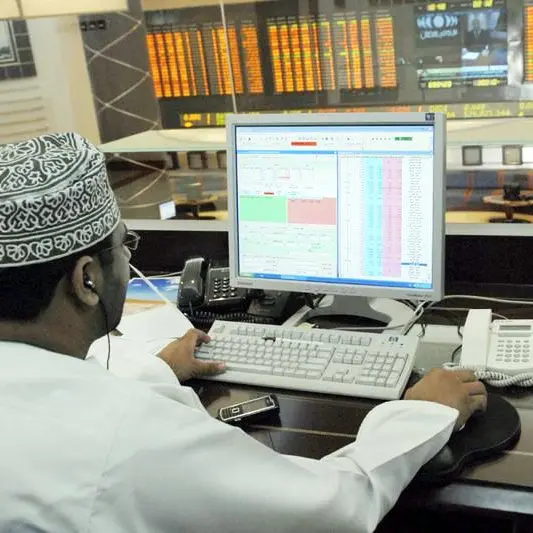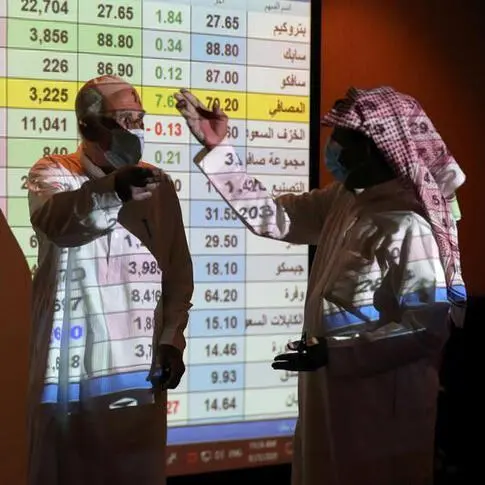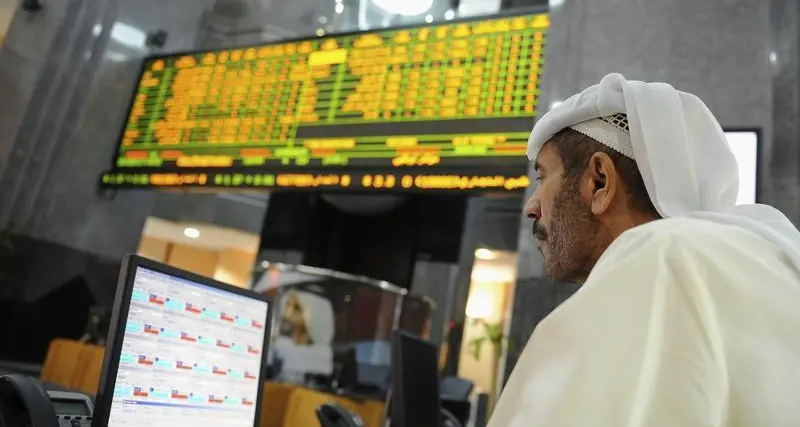PHOTO
January was a positive month for Middle East stock markets which tracked record high levels reached by global markets in a very busy beginning of the year. A good range for oil prices was also one of the main supports for Gulf stocks.
Momentum started fading in the first week of February, though, with most global markets dropping as a result of profit-taking. Investors will be looking at the 2017 end-of-year and fourth quarter earnings results for more clues in the coming days.
Saudi Arabia
Saudi Arabia’s index was the second-best performer in the Middle East last month, beaten only by Qatar.
The Saudi index rose in January 5.86 percent, according to Thomson Reuters Eikon data. Brent crude oil prices were trading near $70 per barrel for a big part of the month, boosting the market in Saudi Arabia.
In an email to Zawya, Shabbir Malik, a bank analyst at EFG Hermes, said: “Saudi banks should start reporting this week. We expect spreads to widen benefiting from a pickup in yield. However, we expect weak loan growth and credit quality trends.”
In a monthly Reuters poll of 13 leading fund managers conducted at the end of January, participants were positive on Saudi Arabia, with 69 percent expecting to raise their equity allocations to the Saudi market over the next three months, and none to reduce them, which was a sign of greater stability given the winding down of the country’s corruption probe. In the same poll a month ago, the same percentage expected to increase their Saudi allocations, but 8 percent had said they expected to cut them.
UAE
Dubai’s index added 0.72 percent, while neighbouring Abu Dhabi jumped 4.63 percent, although UAE markets mostly traded in low volumes.
In the Reuters poll, participants were less positive on UAE markets than they were on Saudi Arabia.
Eight percent of participants expect to raise their equity allocations to UAE markets, but 38 percent anticipate reducing them, according to the poll.
Marie Salem, a director of capital markets at FFA Dubai, said via email: “On the back of fourth quarter and end-of-year 2017 earnings announcements, and in line with expectations, the local markets witnessed low volumes in January.”
Salem added: “Despite the fact that most of the banks’ financials did not match analysts' estimates, markets were not affected, owing to the renowned soundness of the UAE banking sector.”
Shabbir Malik said on UAE banks: “Dividends were in focus as balance sheet trends were generally weak. Looking ahead, loan growth should improve in 2018 as government spending picks up and spreads should be supported by higher interest rates.”
Looking ahead to the remainder of the earnings season’s announcements, Salem said: “We await the real estate and development sector to release its financial statements, which is expected by the second week of February. We anticipate volumes in the market to pick up as soon as the earnings season is over, paving the way for more clarity.”
Early in February, global markets retreated on profit-taking. Oil prices also dropped as a result of higher inventories.
Salem said that the negative sentiment in global markets had a limited impacted on UAE markets.
“Sell-offs across the markets was expected, following the drop in international markets, yet this didn’t have such a major impact and we believe investors will benefit from any dips to accumulate positions.”
Qatar’s index jumped by 8 percent in January, Kuwait’s index added 4.37 percent, Bahrain gained 1.42 percent, but Oman’s market index ended in the red last month, dropping by 1.7 percent.
In Egypt, the EGX 30 index added 0.15 percent.
Global markets
As widely expected, the United States Federal Reserve left interest rates unchanged at its two-day meeting in the last week of January, but said in a statement that inflation was likely to rise in 2018.
Saudi Arabia’s energy minister said late in January that global oil producers agreed that they should continue cooperating on production beyond 2018. These comments supported stronger oil prices, which hit a three-year high in the week of 22nd of January, when Brent crude futures reached levels higher than $70 per barrel.
(Reporting by Gerard Aoun; Editing by Michael Fahy)
(gerard.aoun@thomsonreuters.com)
Our Standards: The Thomson Reuters Trust Principles
Disclaimer: This article is provided for informational purposes only. The content does not provide tax, legal or investment advice or opinion regarding the suitability, value or profitability of any particular security, portfolio or investment strategy. Read our full disclaimer policy here.
© ZAWYA 2018
Momentum started fading in the first week of February, though, with most global markets dropping as a result of profit-taking. Investors will be looking at the 2017 end-of-year and fourth quarter earnings results for more clues in the coming days.
Saudi Arabia
Saudi Arabia’s index was the second-best performer in the Middle East last month, beaten only by Qatar.
The Saudi index rose in January 5.86 percent, according to Thomson Reuters Eikon data. Brent crude oil prices were trading near $70 per barrel for a big part of the month, boosting the market in Saudi Arabia.
In an email to Zawya, Shabbir Malik, a bank analyst at EFG Hermes, said: “Saudi banks should start reporting this week. We expect spreads to widen benefiting from a pickup in yield. However, we expect weak loan growth and credit quality trends.”
In a monthly Reuters poll of 13 leading fund managers conducted at the end of January, participants were positive on Saudi Arabia, with 69 percent expecting to raise their equity allocations to the Saudi market over the next three months, and none to reduce them, which was a sign of greater stability given the winding down of the country’s corruption probe. In the same poll a month ago, the same percentage expected to increase their Saudi allocations, but 8 percent had said they expected to cut them.
UAE
Dubai’s index added 0.72 percent, while neighbouring Abu Dhabi jumped 4.63 percent, although UAE markets mostly traded in low volumes.
In the Reuters poll, participants were less positive on UAE markets than they were on Saudi Arabia.
Eight percent of participants expect to raise their equity allocations to UAE markets, but 38 percent anticipate reducing them, according to the poll.
Marie Salem, a director of capital markets at FFA Dubai, said via email: “On the back of fourth quarter and end-of-year 2017 earnings announcements, and in line with expectations, the local markets witnessed low volumes in January.”
Salem added: “Despite the fact that most of the banks’ financials did not match analysts' estimates, markets were not affected, owing to the renowned soundness of the UAE banking sector.”
Shabbir Malik said on UAE banks: “Dividends were in focus as balance sheet trends were generally weak. Looking ahead, loan growth should improve in 2018 as government spending picks up and spreads should be supported by higher interest rates.”
Looking ahead to the remainder of the earnings season’s announcements, Salem said: “We await the real estate and development sector to release its financial statements, which is expected by the second week of February. We anticipate volumes in the market to pick up as soon as the earnings season is over, paving the way for more clarity.”
Early in February, global markets retreated on profit-taking. Oil prices also dropped as a result of higher inventories.
Salem said that the negative sentiment in global markets had a limited impacted on UAE markets.
“Sell-offs across the markets was expected, following the drop in international markets, yet this didn’t have such a major impact and we believe investors will benefit from any dips to accumulate positions.”
Qatar’s index jumped by 8 percent in January, Kuwait’s index added 4.37 percent, Bahrain gained 1.42 percent, but Oman’s market index ended in the red last month, dropping by 1.7 percent.
In Egypt, the EGX 30 index added 0.15 percent.
Global markets
As widely expected, the United States Federal Reserve left interest rates unchanged at its two-day meeting in the last week of January, but said in a statement that inflation was likely to rise in 2018.
Saudi Arabia’s energy minister said late in January that global oil producers agreed that they should continue cooperating on production beyond 2018. These comments supported stronger oil prices, which hit a three-year high in the week of 22nd of January, when Brent crude futures reached levels higher than $70 per barrel.
(Reporting by Gerard Aoun; Editing by Michael Fahy)
(gerard.aoun@thomsonreuters.com)
Our Standards: The Thomson Reuters Trust Principles
Disclaimer: This article is provided for informational purposes only. The content does not provide tax, legal or investment advice or opinion regarding the suitability, value or profitability of any particular security, portfolio or investment strategy. Read our full disclaimer policy here.
© ZAWYA 2018
